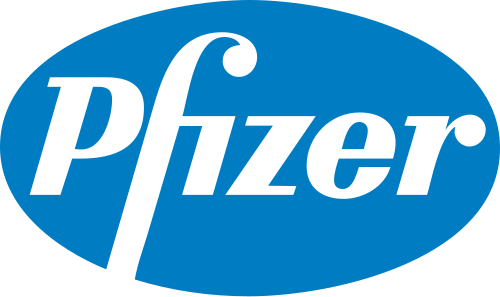R&D Implications of Microsoft’s Takeover of Skype
Summary: For Microsoft to benefit from the Skype acquisition, they will have to integrate Skype and its R&D into Windows Phone OS. Microsoft has a history of successfully integrating acquisitions (e.g PowerPoint). However there have also been some missteps (such as Danger). One of the reasons for the failure of Microsoft Kin (a derivative of the Danger Sidekick) was failure to manage R&D. This is a highly competitive market place and Microsoft will have to be very vigilant to ensure success.
Microsoft recently bought Skype for $8.5B for Skype. A lot has been said about how the price paid and the strategic fit such as (See ArsTechnica):
When the Wall Street Journal reported last night that Microsoft was going to buy Skype, the response was puzzlement. Though Skype has some value, the estimated $7 billion-8 billion valuation was unfathomable. Microsoft has now confirmed the purchase and held a press conference to announce the takeover. The morning after the night before, is it making any more sense?”
There has been some speculation that the pressure to purchase Skype came from Bill Gates (see DailyTech):
Well it turns out a lot of the pressure to buy Skype originated from Microsoft founder and tech icon Bill Gates. We were the first to note Mr. Gate’s ties to Silver Lake Partners, one of the principle groups that profited from the Skype acquisition.
Knowledge@Wharton has a different perspective on this acquisition now that it is complete (What’s Behind Microsoft’s US$8.5 Billion Takeover of Skype?): First a bit of the background. Microsoft can hope to leverage Skype’s technology to get an edge in the smart phone market:
This one makes profound sense for Microsoft. Of the three major players in cell phones, they are the third. They were the first in, and some people would say they’re now the third, after Apple and Google. If they’re going to succeed, they need to have something that offers some unique value.
Skype’s technology can provide an edge, if Microsoft can execute:
This [acquisition] may do this. If they can effortlessly merge Skype with the phone, then they have the best videoconferencing phone in the business. If they can effortlessly merge [Skype’s] tech services with their own instant messaging service, then they have the best instant messaging system in the business.
However, as eBay can point out, integrating Skype is not easy. Skype is peer-to-peer communications, but most large corporations (eBay and Microsoft) have a centralized infrastructure. This change is not going to be easy:
Skype is a peer-to-peer instant messaging system. Peer-to-peer allows a buyer and a seller to completely bypass eBay. If eBay wanted Skype as a commercial infrastructure system, it would have had to be modified. If they acquired it without the appropriate intellectual property development team, it was of no use to them whatsoever. Again, I can’t back this up. If it’s true, I’m sure there are people who can back this up.
As the article rightly pointed out, integration of acquisitions is risky:
Acquiring high-tech companies, especially when there’s a great difference in culture or technology, can be a very risky play.
Although Microsoft has stepped up its M&A activity, the results have been mixed – especially with large acquisitions such as aQuantive ($6.3B) where integration is likely to be more difficult. Furthermore, Skype is not a profitable company despite having more than 100M subscribers. So, integration Skype to generate previously untapped value is going to be key to success. What can R&D management can do to extract value from this acquisition?
- Define a clear R&D vision and strategy for merged group. Unless different cultures are forced to collaborate to achieve difficult goals, they will have trouble working together. As Steve Jobs and Apple have pointed out, there is no substitute to a comprehensive vision.
- Setup clear portfolio balancing processes that can overcome bureaucracies and distribute resources to “new” entities. One of the key problems that plagued Kin is the product portfolio management process that depended too much on executive sponsorship.
- Align strategy with a clear product management across entities. As we have discussed in the past, corporate mindset has a significant impact on how products get managed and launched. It is likely that Skype’s culture is quite different from Microsoft.
- Use concrete metrics and a strong project management process to ensure the project remains on track. Both will be critical to getting over the not-invented-here problem that plagues all acquisitions.
Please see the Microsoft Kin case study for more details.
Article first published as R&D Implications of Microsoft’s Takeover of Skype on Technorati.




